You’re reading Part 4 of 4 in the Operator’s Window series — stories from the cab of Toronto’s subway.
-
Part 4: Future-Proofing Ontario Transit (you’re here)
Introduction
As an operator, I see the system up close every day. Riders see delays, packed trains, or broken escalators. From the cab, I see the patterns: the same bottlenecks, the same signals, the same choke points that flare up again and again. To most people, it looks like an inconvenience. To me, it looks like cracks in the foundation of a system that’s being asked to carry more than it was ever built for.
The truth is, Toronto’s subway — and Ontario’s transit system as a whole — wasn’t designed for today’s demand, let alone tomorrow’s. If we don’t act now, those cracks will only widen. The choice we face is simple: keep patching, or build for the future.
What Operators Know That Riders Don’t
I know which stations will clog before I even get there. I know which crossovers are bottlenecks that take too long to clear. I know the moments when a delay in one spot will cascade down the line, setting off a chain reaction that thousands of riders will feel before it’s over.
These aren’t one-off incidents. They’re predictable stress points baked into an aging system. No matter how skilled the operators or how carefully Transit Control manages recovery, the infrastructure itself has limits. And those limits are being tested every day.
The Fragility of “Fixes”
We talk a lot about upgrades — new trains, automatic signaling, repairs to stations. These are necessary, but they’re not transformative. Automatic Train Operation (ATO), for example, is often presented as a cure for congestion. But it’s being retrofitted onto a system built more than half a century ago.
Yes, it can reduce headways and improve consistency, but it doesn’t create redundancy. It doesn’t give riders an alternative when Line 1 shuts down. It doesn’t eliminate bottlenecks. And it doesn’t provide express service for the growing population traveling farther distances every day.
From where I sit, ATO is not the solution. It’s a tool — useful, but not bullet-proof — layered onto a system already stretched to its limits.
Why Ontario Can’t Wait
Every day I operate a train, I see the demand climbing. Platforms are fuller. Commutes are longer. Delays are harder to absorb. Toronto is growing. The GTA is expanding. Ontario’s population is rising.
If we continue patching instead of planning, riders will face more than frustration — they’ll face a system that collapses under its own weight. Overcrowded stations will pose safety risks. Overstretched operators and staff will face burnout. And passengers will lose faith, turning back to cars and highways that are already gridlocked.
Ontario doesn’t just need to fix what’s broken. It needs to build for what’s coming.
The Ontario Connected Lens
Ontario Connected is about thinking bigger. What I see daily as an operator — the cracks, the bottlenecks, the fragility — all point to the same conclusion: incremental upgrades won’t cut it. We need a vision that reimagines how transit serves an entire province, not just one city.
That means high-speed rail linking major cities, regional hubs that integrate GO, subways, buses, and active transportation, and parallel lines that provide redundancy when one corridor is blocked.
It also means hubs that are more than transit — they’re centers of community, housing, healthcare, and retail, ensuring every trip connects people not just to destinations, but to opportunities.
Building for the Future: Real Solutions
So what does “future-proofing” look like in practice?
Redundant Tunnels and Parallel Lines
Line 1 is a single point of failure. One disruption can cripple half the city. Future-ready systems must include parallel tunnels that keep trains moving even when one corridor is blocked. This is standard in many world-class systems. Toronto cannot afford to keep relying on a single thread.
Express Service
Not every rider needs to stop at every station. Express lines — whether subway or regional — can cut travel times dramatically and reduce pressure at choke points like Bloor-Yonge and Union.
High-Speed Rail Across Ontario
Ontario’s future isn’t just about Toronto. HSR connecting Hamilton, Kitchener-Waterloo, London, Ottawa, and beyond would pull thousands of commuters out of Union Station and off Line 1. Instead of funnelling everyone through one overcrowded subway, riders would travel directly to regional hubs.
Integrated, Accessible Hubs
Future hubs must be more than transit nodes. They should include housing, retail, healthcare, and social services, with accessibility built in from day one. Moving walkways, elevators, and intuitive design should make mobility seamless for everyone — seniors, families, and people with disabilities.
A Vision Riders Can Trust
Every time I see a platform overcrowded, or a delay ripple down the line, I think about how trust erodes. Riders lose patience, then faith. They begin to see transit as unreliable, even unsafe. And when that happens, the whole city suffers — because without trust, people turn back to cars, worsening congestion and emissions.
Future-proofing isn’t just about steel and concrete. It’s about restoring trust. Riders need to believe the system will carry them safely, reliably, and with dignity.
This post concludes the Operator’s Window series — but it connects directly to the bigger story Ontario Connected is telling. If you missed earlier reflections, you can start here:
-
-
Part 4: Future-Proofing Ontario Transit (you’re here)
Conclusion
From the cab, I see the cracks before they make headlines. I see where the system strains, where delays ripple, and where passengers lose faith. But I also see the potential — the possibility of a system that doesn’t just patch over problems but builds beyond them.
Ontario has a choice. We can keep retrofitting an old system, hoping it holds a little longer. Or we can design a network that anticipates the future: redundant tunnels, express service, high-speed rail, and hubs built for accessibility and community.
The cracks I see every day are warnings. But they’re also signals of what we can fix — if we act now. Future-proofing Ontario transit isn’t optional. It’s urgent. And it’s the only way to ensure that when riders step onto a platform tomorrow, they’re stepping into a system designed to carry them forward, not hold them back.
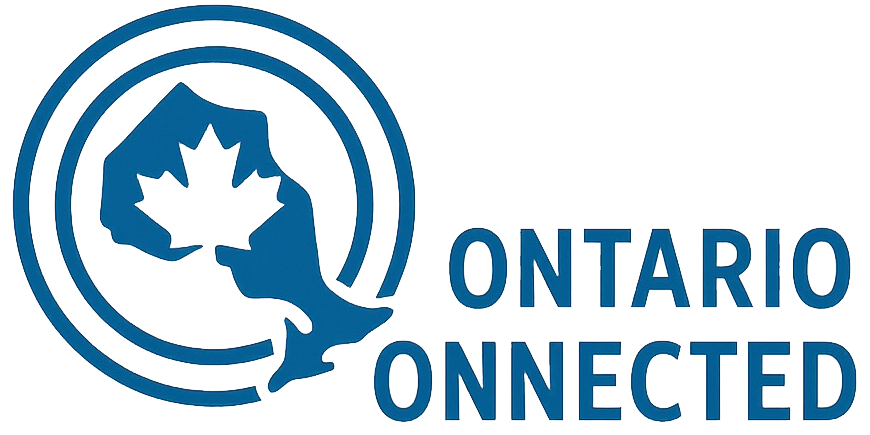
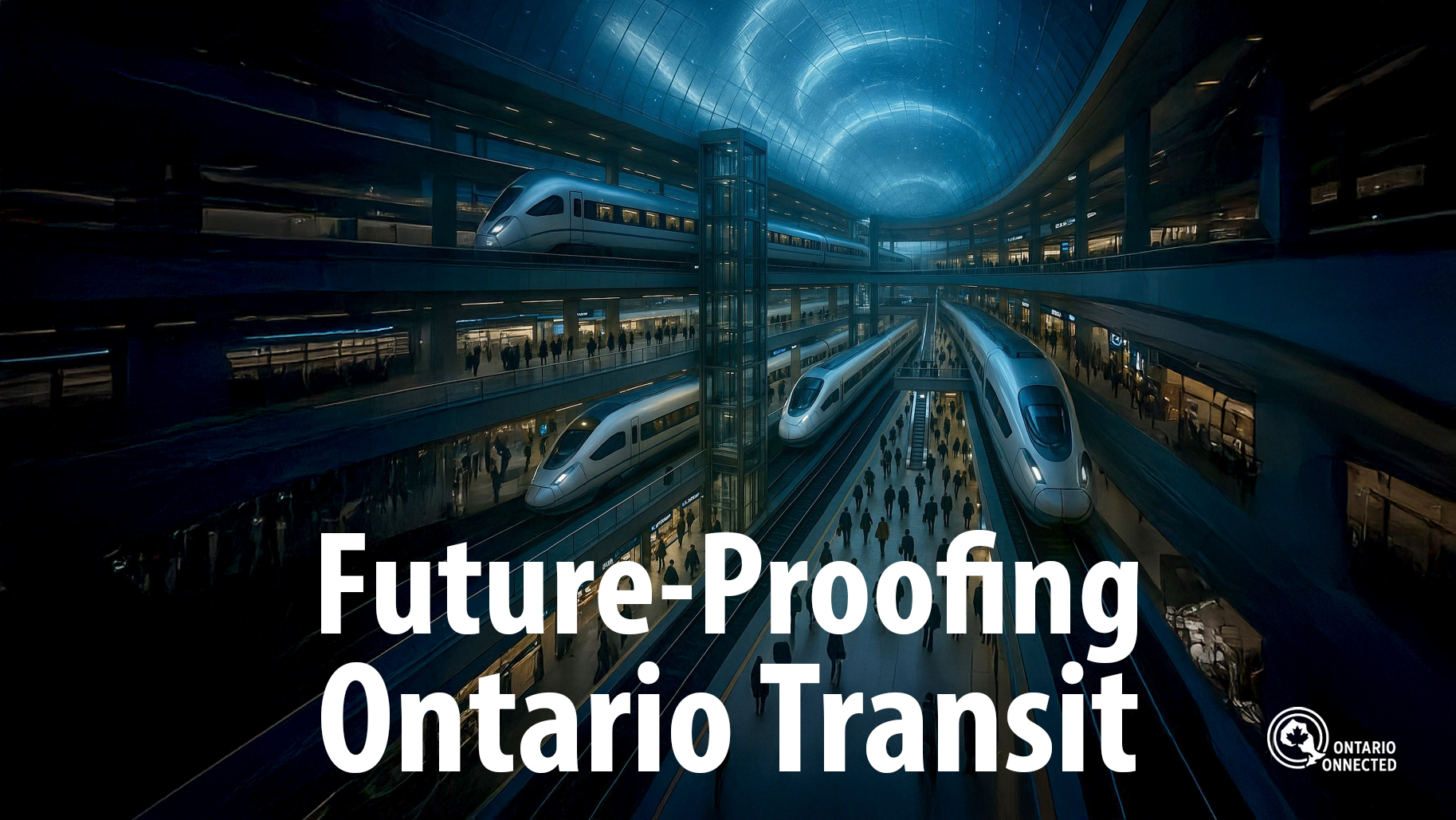
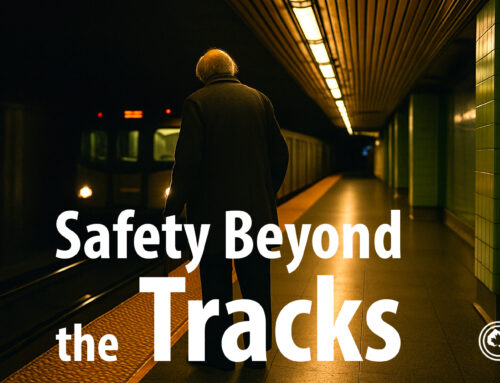
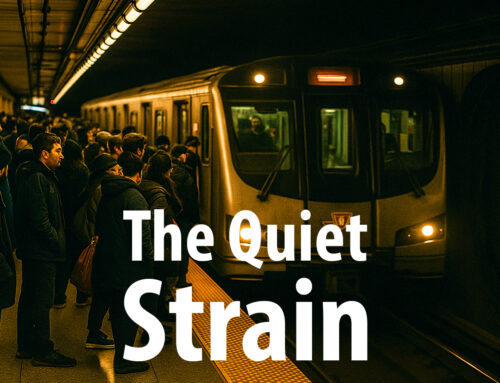
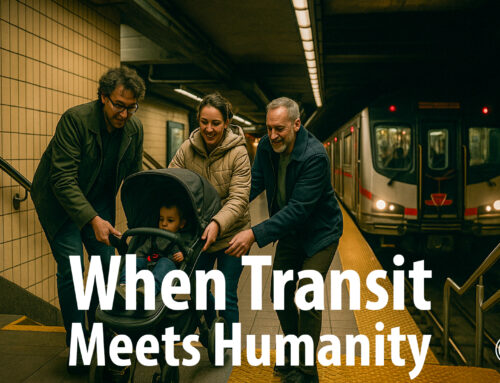

Leave A Comment
You must be logged in to post a comment.